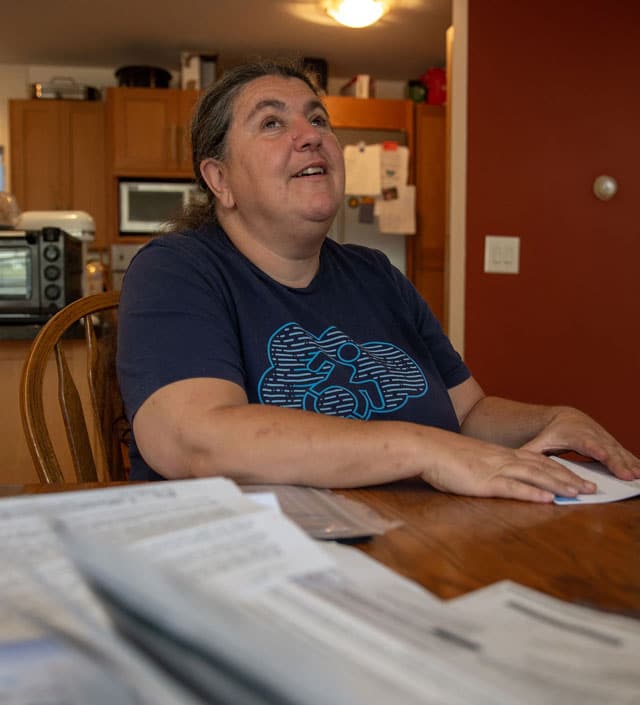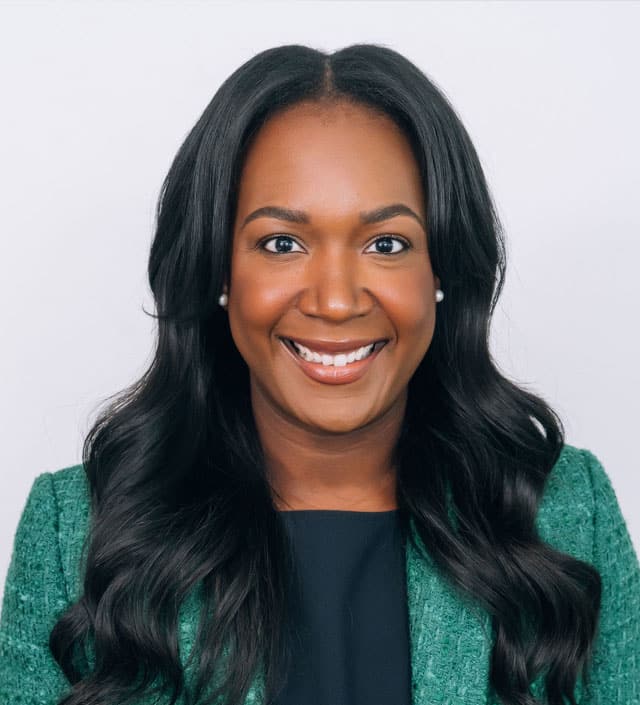As a seasoned investor and wealth manager specializing in the needs of senior executives and business owners, I’ve seen what happens when clients running successful companies are faced with the challenge of having to make major strategic decisions with wide-ranging implications.
These clients, many of whom have spent a career building their business, set out to acquire a competitor, sell their company, liquify assets or transfer leadership to their heirs, only to encounter an unexpected roadblock that threatens to derail their carefully laid plans.
Although they’re accomplished strategists who’ve steered their teams to profitable ventures, they often seek outside perspective to detect the financial blind spots that can surface unexpectedly as they try to execute on their vision.
Without access to unconflicted advice, they risk derailing negotiations with poor execution of critical strategic planning. And, as owners of prosperous companies in the twilight of their careers, they often have more at stake with each successive transaction.
This presents an opportunity for advisors to serve as fiduciaries and confidants for clients. You can help your clients detect and resolve complications before they erupt, and provide thoroughly researched options that lead to more informed decision-making.
Understanding What Clients Can’t See
Blind spots can take multiple forms and the reality is that we all have them. They can evolve from predispositions, oversights or even known proclivities such as a tendency to allow emotions to drive decisions.
Principals may become embroiled in disputes with partners or executives who may have conflicting goals. For example, they may attempt to negotiate the sale of their company with a partner who seeks to run the business indefinitely.
It is the less routine complications that are often more difficult to detect. Clients might be unaware of liabilities lurking below the surface as they attempt to execute unfamiliar capital markets transactions. They could, for instance, fail to secure a fair rate on a note because they don’t fully understand the credit risk profile or the fair market rate.
Tackling Blind Spots that Impede Progress
This is generally where I can add perspective and value. As an adviser to high-net-worth individuals/families, senior executives and business owners, I tap into nearly 30 years of investment and capital markets experience to tackle a broad range of issues including risk allocation strategies, financial/strategic planning and business exit planning.
My ability to think creatively in the problem-solving process has allowed me to help structure transaction strategies in M&A, real estate and concentrated portfolios across many industries and asset classes. When I become part of the process, I am in a position to ask questions in a non-threatening way as an unbiased partner. I can provide clarity and perspective to the analysis, giving the client the tools to progress in the most informed way possible. It is effectively levering my perspective with their deep understanding of what is good for their business.
Bankers and estate attorneys and accountants are also critical to a smooth execution in these situations and I play a central role helping to bridge professional service provider roles into a cohesively executed plan.
But as an adviser, I can play a different role with a more comprehensive view of a client’s assets. I leverage my experience to spot vulnerabilities or unforeseen circumstances, identify remedies, then resolve problems. This process helps me to build the foundational trust required for long-term relationships.
That could mean creating a unique trust structure that allows a founder of a public company to maintain anonymity while de-risking a concentrated balance sheet through the partial sale of assets. Or it might mean discovering areas of risk while performing due diligence on a target company as a deal is about to close.
At Robertson Stephens, I approach these engagements with a larger purpose in mind, forgoing consulting fees in favor of serving in my capacity as a fiduciary across the entire client balance sheet. That way, I operate as a non-interested partner, seeking the same objective as the client. I have no stake, for example, in whether they choose to sell their company or simply operate it more efficiently over the long term. I build trust as an unbiased party, cultivating a lasting bond that is not driven by transactions.
Engaging as a Fiduciary: Case in Point
Recently, I was hired by the owner of a global agricultural and floral business that had been acquiring agricultural assets as well as operating product manufacturers. The owner, a successful entrepreneur, sought our services after initially consulting a bank wirehouse, which wasn’t able to evaluate assets and work with him holistically across his entire balance sheet.
We started the relationship when I agreed to help vet a company for potential purchase by the owner. The target company was in desperate need of recapitalization, so I helped create a plan to shrink non-core assets and reduce debt. This plan, upon execution, would have also allowed a return to profitability while recapturing a large minority equity position.
While that transaction ultimately did not happen, the target company successfully implemented the plan and through the experience of working together, the entrepreneur decided he wanted to become a client.
Last year, he moved to acquire his largest regional competitor, but hit a snag in negotiations when the seller asked for the full value of its accounts receivable. The buyer, who believed they were worth less, enlisted our help to help develop a solution.
“While executives are often masters of their industry, they can also become trapped in the weeds of a deal and become limited by their perspectives.”
While executives are often masters of their industry, they can also become trapped in the weeds of a deal and become limited by their perspectives. Once the problem was identified through an open discussion, I was able to present a view of three distinct qualitative layers of accounts receivables based on credit quality — specifically, the likelihood of payment.
I suggested offering the full value for “current” payers and 80% for “periodically” late payers, but removing “chronically” late payers from the deal structure entirely. I advised my client that if the seller was confident those receivables could be collected, it should be willing to collect on those payers outside the deal. The solution was amicable in that it ascribed full value to the “good credits” while offloading the risk of the “questionable” receivables onto the seller.
With that, my client felt comfortable moving forward with the deal because it would remove a potential tripping point and reduce his post-transaction business risk. Later in that same transaction, as the deal was about to close, my client returned for more advice. This time, the seller declined a subordinated structure in a loan guarantee. It brought the transaction closing process to a halt in the 11th hour.
For me, the challenge was to create liquidity in a way that didn’t harm my client while extracting something in return for my client’s willingness to accommodate. Due to my familiarity with the client’s entire balance sheet, I suggested we redeploy other assets from his balance sheet and bring additional cash to close, thereby satisfying the sellers desire to eliminate the subordinated note. In doing so, my client was able to realize an immediate return of nearly 20% on that cash in the form of a negotiated discount at closing. The elegance of the solution led to a clear win for the client and was only possible because we each brought implicit trust to the challenge.
Once the transaction closed, the client engaged me again to advise on “potential blind spots” related to selling a redundant piece of real estate. Again, the client and I worked together to help understand the role this asset played within the broad balance sheet and how to optimize its sale.
Using this approach with clients allows me to assume a broader role as an “allocator of risk” whose goal is to ensure capital is positioned to compete and capture the best risk-adjusted returns. As a fiduciary in wealth management, I think of myself as a personal board member whose objective is to ensure clients stay on the right path.
“As a fiduciary in wealth management, I think of myself as a personal board member whose objective is to ensure clients stay on the right path.”
Listening is Key
The key to building this kind of relationship is to listen — and ask a lot of questions! With a detailed view of assets, I can start to inquire about their role, riskiness and optimal performance. performance optimization. Instead of simply risk managing liquid assets, I can advise clients across the entire balance sheet, including operating business interests. I learn how my clients think in order to help test their convictions, serve as “risk watchdog” and flag priorities. Doing this consistently helps build a line of sight for risk that extends beyond the visible horizon and aligns with the client’s long-term goals.
Once I detect a blind spot and determine whether it is a risk or functional problem, my goal is to look beyond the operational fix to identify all potential remedies. Doing this put the client in a position to consistently make more informed decisions and I become more than just a transaction.
Michael Ridgeway is a managing director and principal at Robertson Stephens, a wealth management firm striving to provide comprehensive and innovative investment solutions and wealth strategies through an intelligent digital platform.







